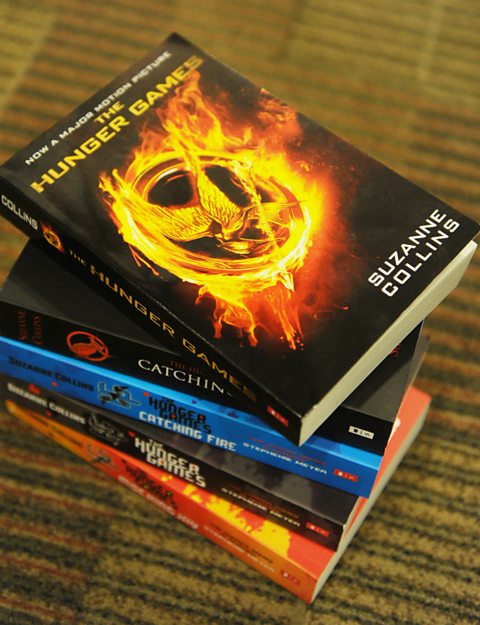How to structure your writing effectively

It is important to structure your work carefully so that a reader can follow your ideas. Whether youвҖҷre writing a story, poem or biography, a strong structure will help keep your reader engaged.
An engaging opening
In a fictional narrativeThe sequence of events in a plot; a story., the first paragraph should hook the reader and grab their attention. You might do this by describing the setting and giving specific detail in a way that sets the toneThe overall mood or 'feel' of the text or part of the text; this can be created by the writer or speaker's choice of words, pace, rhythm or imagery. for the rest of the story.
You can also make a convincing start by using dialogueThe words said by a character in a story or play. or by dropping your reader directly into action. For example, Suzanne Collins opens The Hunger Games with:
When I wake up, the other side of the bed is cold. My fingers stretch out, seeking Prim's warmth but finding only the rough canvas cover of the mattress. She must have had bad dreams and climbed in with our mother. Of course, she did. This is the day of the reaping.
The reader knows the location of the story and the voice of the main character. The hook comes in the final sentence. The reader has to ask вҖҷwhat is the reaping?вҖҷ A successful opening invites the reader to ask questions about the rest of the piece.
A convincing close
Aim to finish your writing in a convincing way, providing a realistic and believable ending to the narrative. Try to resolve the story and leave your reader feeling satisfied with the way the story ends.
Using the same tense
It is easiest to write in past tense, describing events as if they happened a few days, weeks or years ago. Be clear about the distance in time and use the same tense throughout your writing.
Here is a basic reminder of present and past tense verbs:
| Present tense | Past tense |
| I walk | I walked |
| She laughs | She laughed |
| He is thinking | He was thinking |
| Dafydd goes to the window | Dafydd went to the window |
| Present tense | I walk |
|---|---|
| Past tense | I walked |
| Present tense | She laughs |
|---|---|
| Past tense | She laughed |
| Present tense | He is thinking |
|---|---|
| Past tense | He was thinking |
| Present tense | Dafydd goes to the window |
|---|---|
| Past tense | Dafydd went to the window |
An appropriate timeline of events
One way to plot a narrative is to follow a story arc. This structure uses an opening that hooks the reader and sets the scene, followed by an introduction to the characterвҖҷs thoughts and feelings, a development of the storyline, a turning point and finally a resolution.
This is called a five-stage story and can be applied to most stories. Think back to the last book you read - where were the five points to the story?
For example, Romeo and Juliet:
- Hook - the play opens in Verona, where two families are involved in an ongoing feud against one another.
- Character introduction - we meet Romeo, and then Juliet.
- Development - our two characters fall in love, ignoring their family feud. Romeo kills JulietвҖҷs cousin, Tybalt, and is banished. A number of mishaps lead to Juliet faking her own death and Romeo failing to learn of her plan.
- Turning point - Romeo arrives to find Juliet вҖҳdeadвҖҷ, and takes his own life. Juliet, upon waking, sees Romeo dead and kills herself.
- Resolution - Both families learn a valuable lesson about the consequences of their ongoing conflict: they have each lost a member of their family.
Next time you read a book or watch a film/television programme, consider the five stages of the story - at which point do you discover more about the characters? What obstacles do the characters face? What is the turning point? How is the story resolved in a believable way?